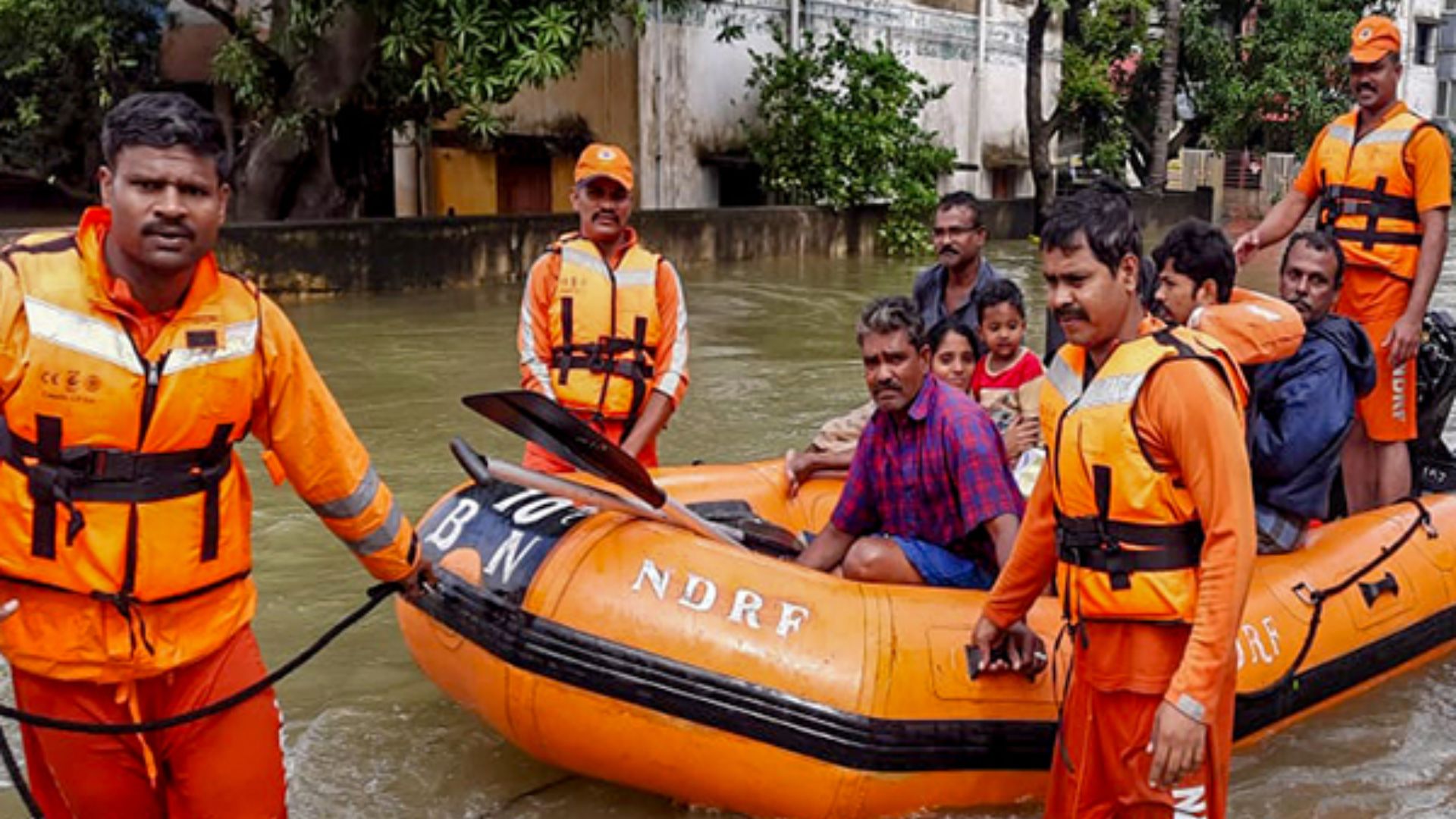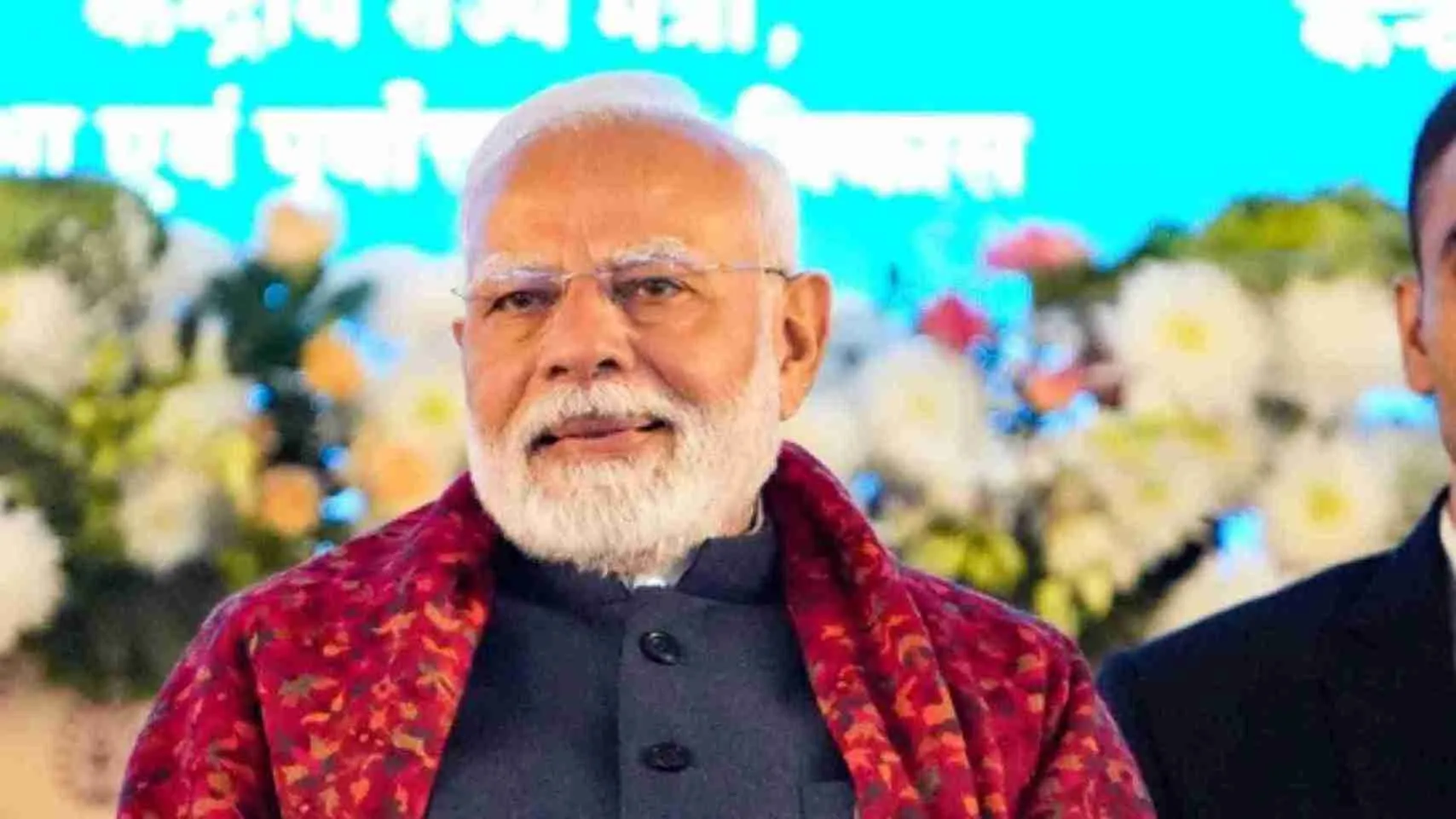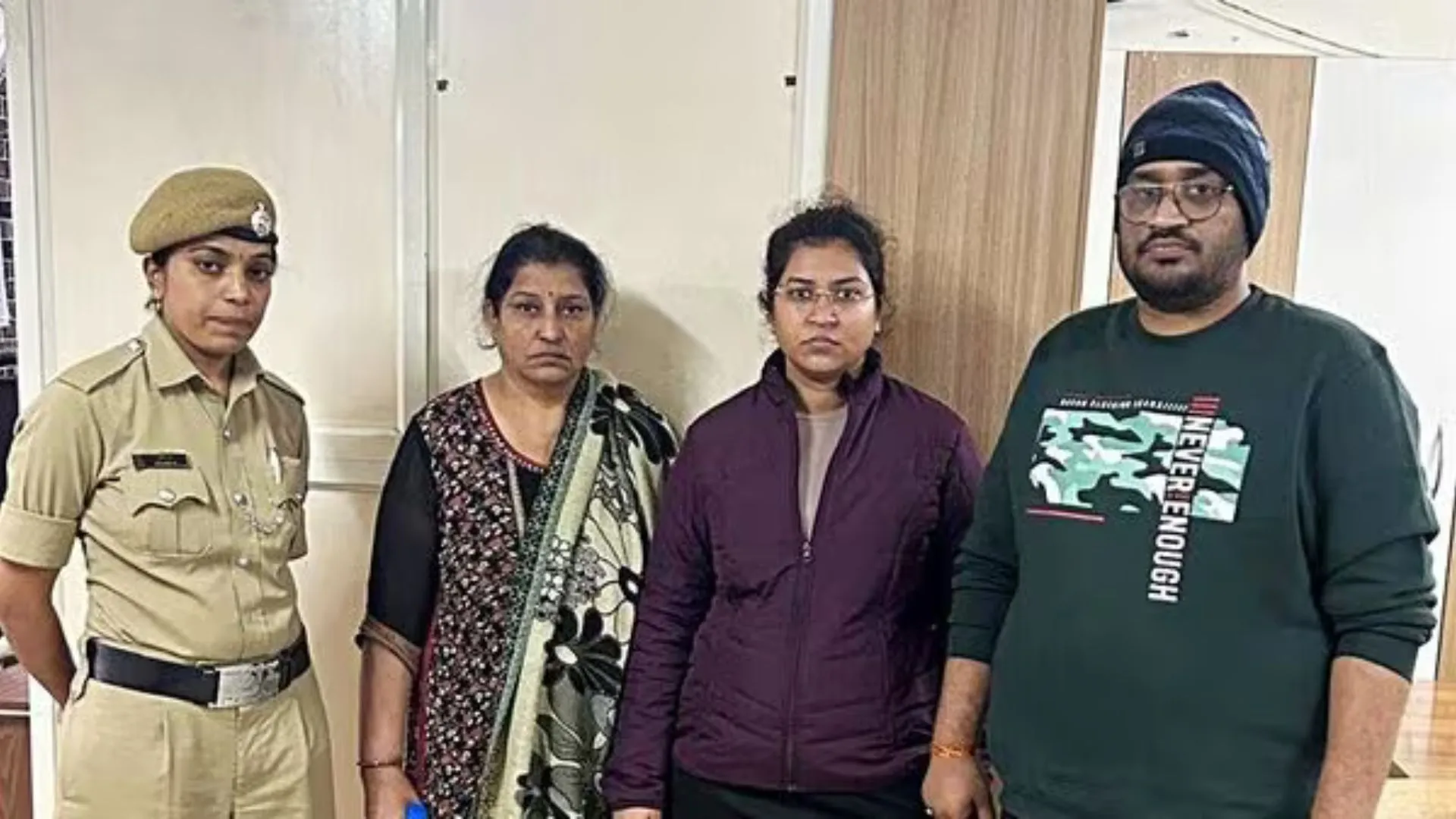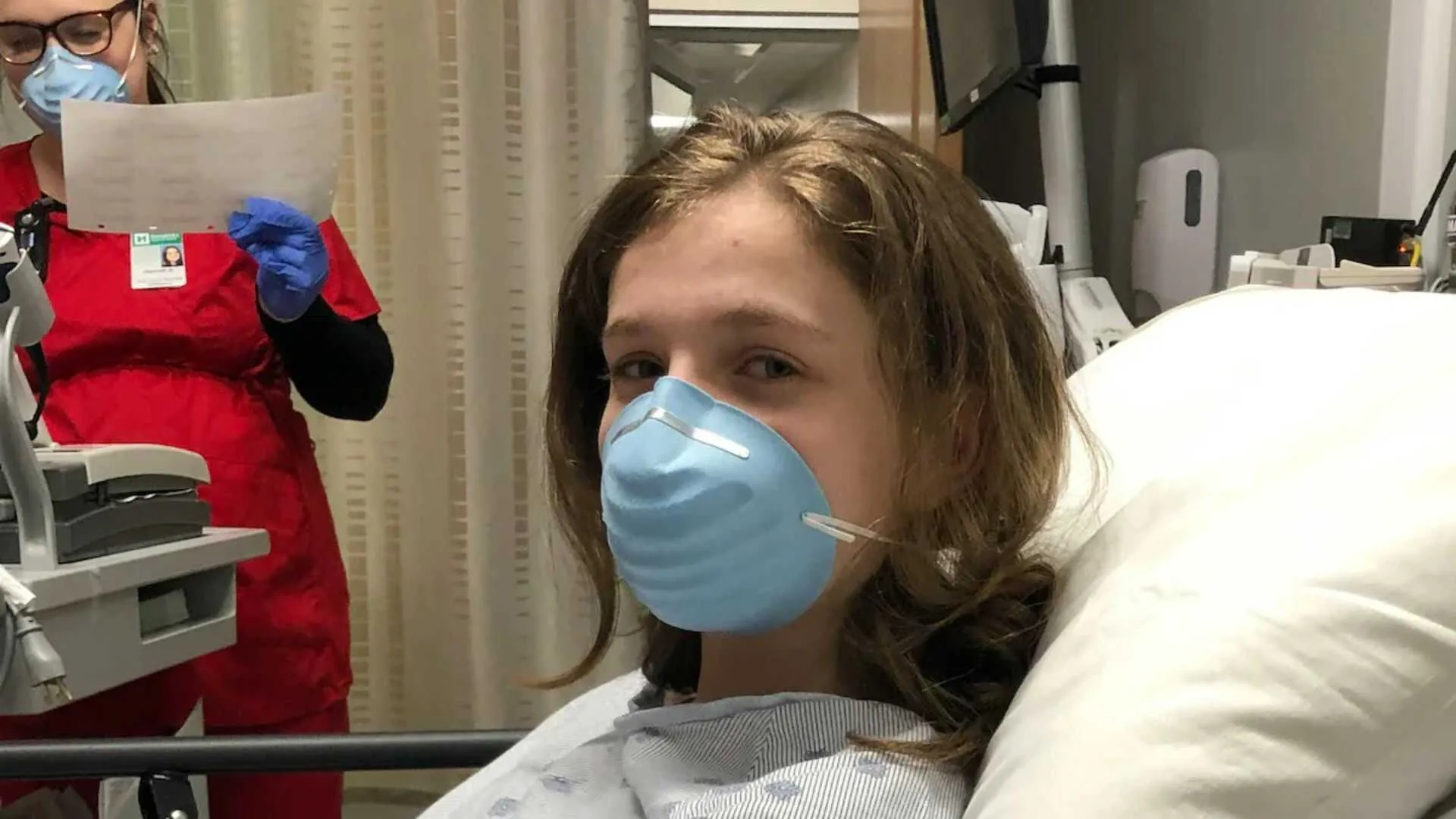At the 19th Raising Day event of the National Disaster Response Force (NDRF), Director General Atul Karwal revealed that in 2023, the NDRF successfully rescued over 6,000 individuals in 900 operations. Additionally, the NDRF personnel saved 51,000 people and 3,000 animals in various operations throughout the year.
During the event, Karwal addressed the need for equipment authorization, noting that the last authorization was formulated in 2006 without subsequent reviews. Drawing upon the organization’s 17 years of experience, a comprehensive new authorization has been completed for all types of equipment.
To address Chemical, Biological, Radiological, and Nuclear (CBRN) disasters, Karwal highlighted the acquisition of Hazardous Material Vehicles. He explained, “In G20, we had the threat of CBRN. So, we made a Hazardous Material Vehicle. The cost of one such vehicle is around Rs 15 crore. MHA gave us Rs 60 crore in which we made four vehicles.” These vehicles are equipped to sense CBRN attacks, draw samples, and facilitate rescue operations during such disasters.
Karwal emphasized the significant efforts made in the past year to excel in the CBRN domain, collaborating with the Department of Atomic Energy and DRDO. The new authorization, based on their recommendations, reflects the organization’s requirements and necessary quantities. The revision of the authorization letter involved assessing equipment usage, identifying obsolete items, and recognizing heavily utilized equipment.
Summing up the efforts, Karwal stated, “This involved assessing equipment usage, identifying obsolete items, and recognizing heavily utilized equipment. The approved authorization letter was crafted considering the actual needs. The authorization letter has also been approved.”





















